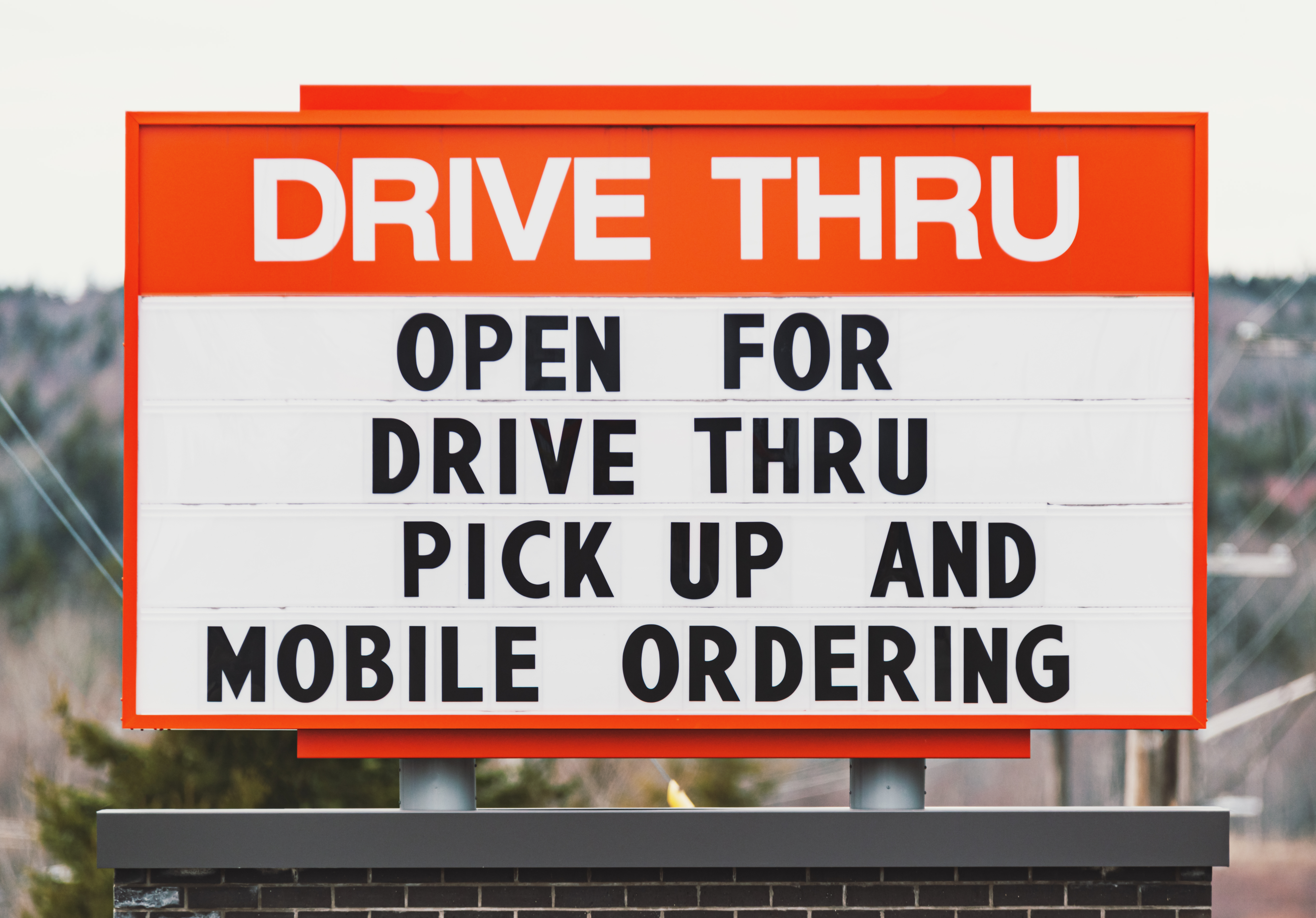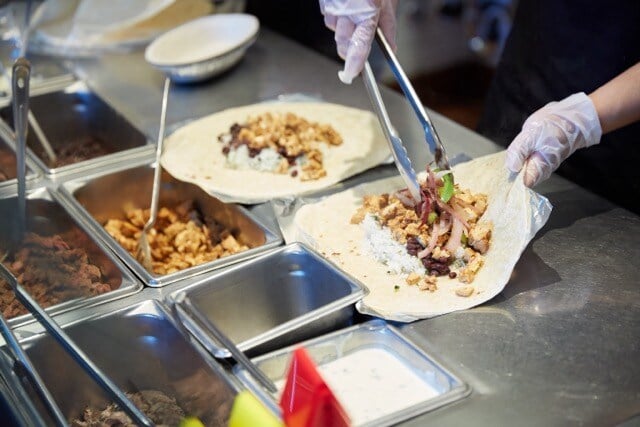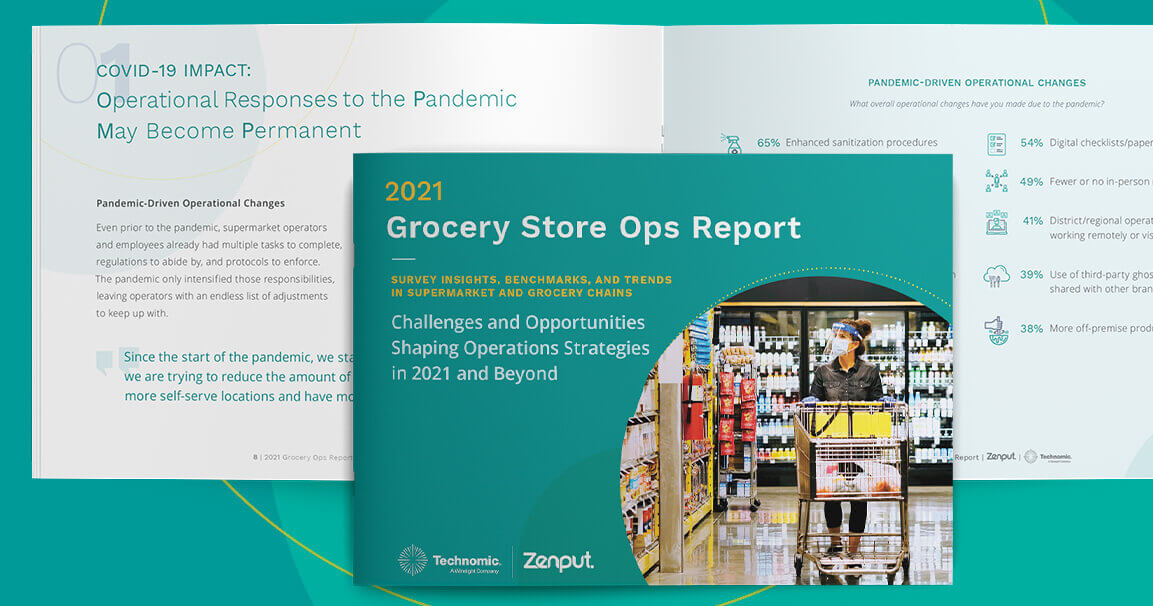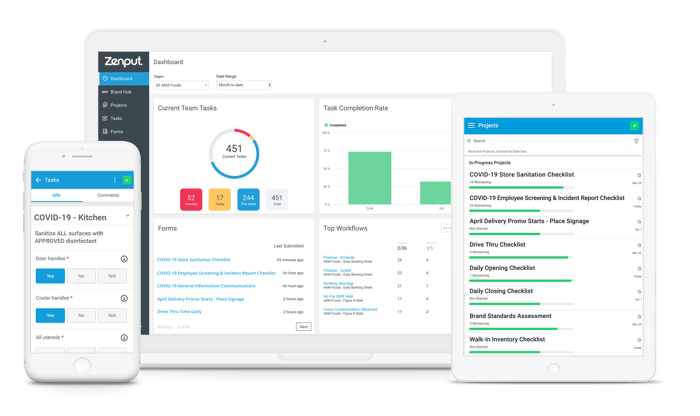
- Home
- Crunchtime Blog
- How to Identify and Prevent Pencil Whipping in Restaurants

How to Identify and Prevent Pencil Whipping in Restaurants
As restaurant chains grow and the number of locations increases, operations leaders often grapple with a trade-off: the potential lack of visibility into the accuracy of data received from each store. Unfortunately, this common scenario is often subject to "pencil whipping" which undermines the integrity of various operating procedures.
Pencil whipping is the hurried completion of reports or checklists without performing required tasks correctly (or at all). When tasks necessary for a great customer experience aren’t completed to standard, service, quality, and food safety become compromised in your restaurants.
Down the road, pencil whipping also hinders operational leaders who rely on accurate data from their restaurants to identify trends and make strategic improvements–for example, traffic might be dropping at a location that consistently has cleanliness issues, but the opening checklists have been pencil whipped to say that those cleaning tasks have been completed.
In the fast-paced restaurant industry where many team members are under pressure, operational leaders should understand the most common reasons for pencil whipping, and implement strategies that both mitigate its root causes as well as identify and correct it quickly when it happens.

Why does pencil whipping happen?
Pencil whipping in restaurants typically happens for these key reasons.
- Time constraints: The constant time pressure in a restaurant setting often compels employees to cut corners to meet demanding deadlines.
- Lack of training: Inadequate training on the significance of thorough task completion–and how to do it efficiently–can lead employees to resort to pencil whipping.
- Incomplete task management: Employees who miss important tasks or accidentally leave crucial fields blank may resort to retroactively filling in inaccurate information later.
- No mechanisms to monitor accuracy: Lack of tools to ensure the integrity of information, such as tracking temperature sources or form submission locations, can result in pencil whipping or make it more difficult to identify.
How to prevent pencil whipping
There are several ways restaurant brands can address the challenges and scenarios that are often prone to pencil whipping:
Optimize staffing
Regularly reviewing staffing levels and workload distribution helps leaders avoid overloading employees, ensuring quality work without the need for shortcuts. The brands who do this most successfully typically use a platform that identifies trends in customer traffic and other key factors, and then provides insights on the ideal staffing mix for each day.
Comprehensive training programs
Investing in thorough training programs helps educate employees about the importance of each task and its contribution to overall service quality. For brands with many locations, the best way to scale this training would be to leverage an LMS that provides necessary onboarding, but also quickly delivers resources at any time to reinforce learning. As an added benefit, training employees to complete their tasks in the most efficient way possible can help alleviate the stressful time crunches that tempt employees to pencil-whip.
Automate task assignment
Leaders can also implement systems for automated task assignment so that it’s easy and clear for employees to know what their priorities are. When assignments are clear, it’s less likely that tasks will fall through the cracks and be falsified later. and follow-up tasks to streamline processes and reduce the temptation to pencil whip. Using a tool that can also trigger follow-up tasks serves a similar purpose–when employees receive timely reminders, they can rectify omissions promptly and eliminate the need for retroactive (and potentially inaccurate) form completion.
Implement real-time monitoring
Implementing real-time monitoring will be the most critical step for identifying and quickly remediating instances where pencil whipping has happened. Catching pencil whipping in restaurants that use pen and paper will be extremely difficult, so most brands looking to monitor for potential issues will use a task management platform that provides these key features:
- Tracking temperature data sources: Temperature monitoring is a critical piece of providing safe meals. Many restaurant operations will now use Bluetooth temperature monitoring, where sensors in food prep areas automatically populate temperature reports, or probes, where manual use of the probe leverages an integration to also populate that data in temperature reports. For restaurants that use these tools, most data sources will be labeled as coming from that Bluetooth sensor or that probe–manual entries will be an anomaly. Operations leaders who see an increase in manual entries will know to investigate further.
- Geo-tracking form submissions: Use GPS technology to track the location where forms are submitted from. If data has been entered from a location that seems far from that restaurant, that could be a red flag that the information isn’t accurate.
- Implementing redundancy checks: Operations leaders can identify pencil whipping by performing redundancy checks–in other words, looking for trends in inputs where an excessive amount of entries contain the same information. A store employee may know that the ideal temperature for cooked chicken is 165 degrees Fahrenheit, but it would be much more realistic for the temperature to fluctuate by one or two degrees at some point. A report that consistently reads 165 degrees in every field could indicate pencil whipping.
- Leveraging time stamps: Leverage time stamps to provide accurate records of when tasks are completed, and use them to potentially identify discrepancies. If a store submitter enters data long after their shift is over, or an opening checklist is submitted in the evening, that’s a cue for an operations leader to probe further on potential pencil whipping.
- Require mobile photo upload: Operations leaders can demand tangible proof of task completion by incorporating mobile photo uploads into forms. When employees are aware that they’ll be providing digital evidence of the tasks related to the form, they’re less likely to falsify information. If pencil whipping does happen, look for discrepancies between form responses and the accompanying photos.
By understanding how pencil whipping happens, operations leaders can both address the root causes for prevention, as well as implement strategies to quickly identify and rectify it. As pencil whipping is eliminated, brands with a growing number of locations can continue to feel confident in the integrity of their data and in the value they provide to their guests.
Ready to erase pencil whipping from your operations? Get in touch with us to learn how we can help. Request a demo.
Share this post
Related


Elevating Food Safety Standards Across Borders: Essential Tips for International Restaurant Leaders


